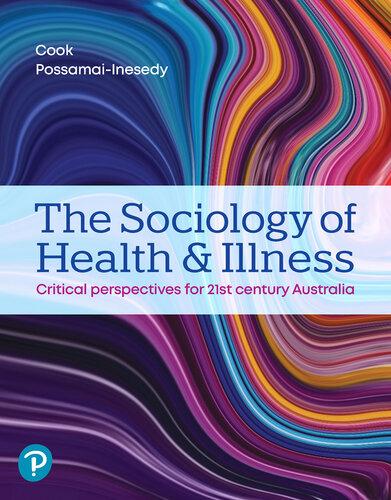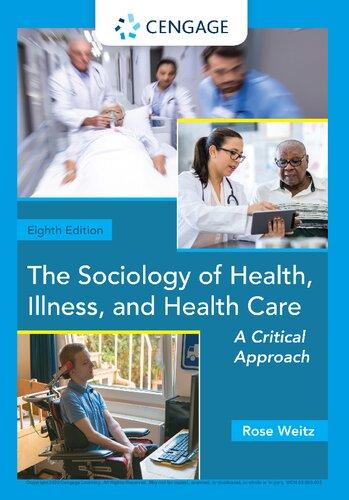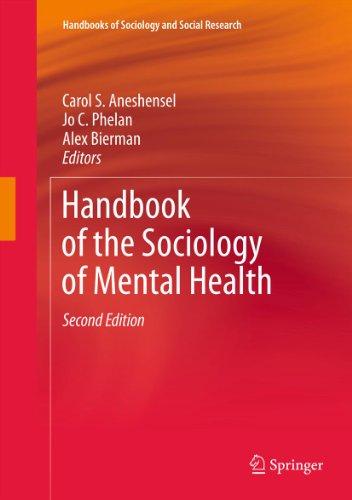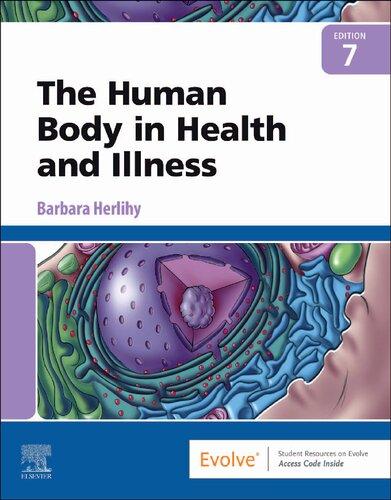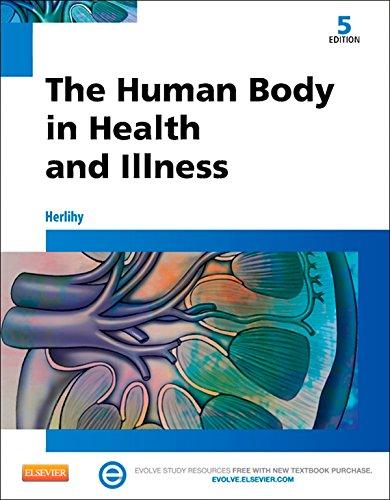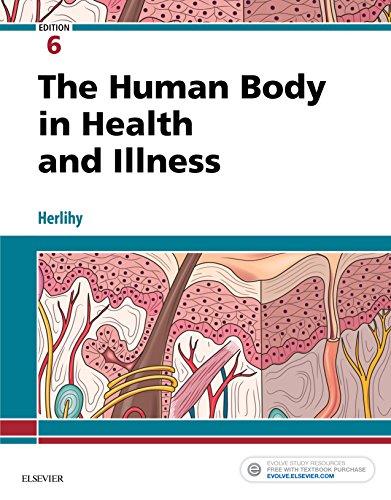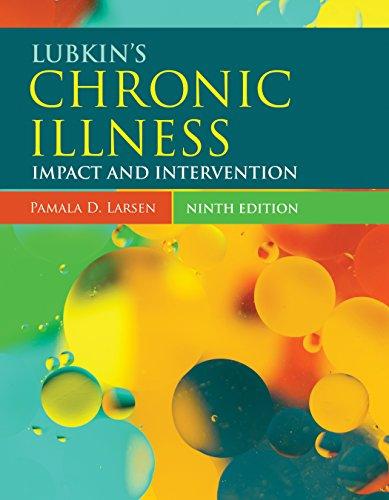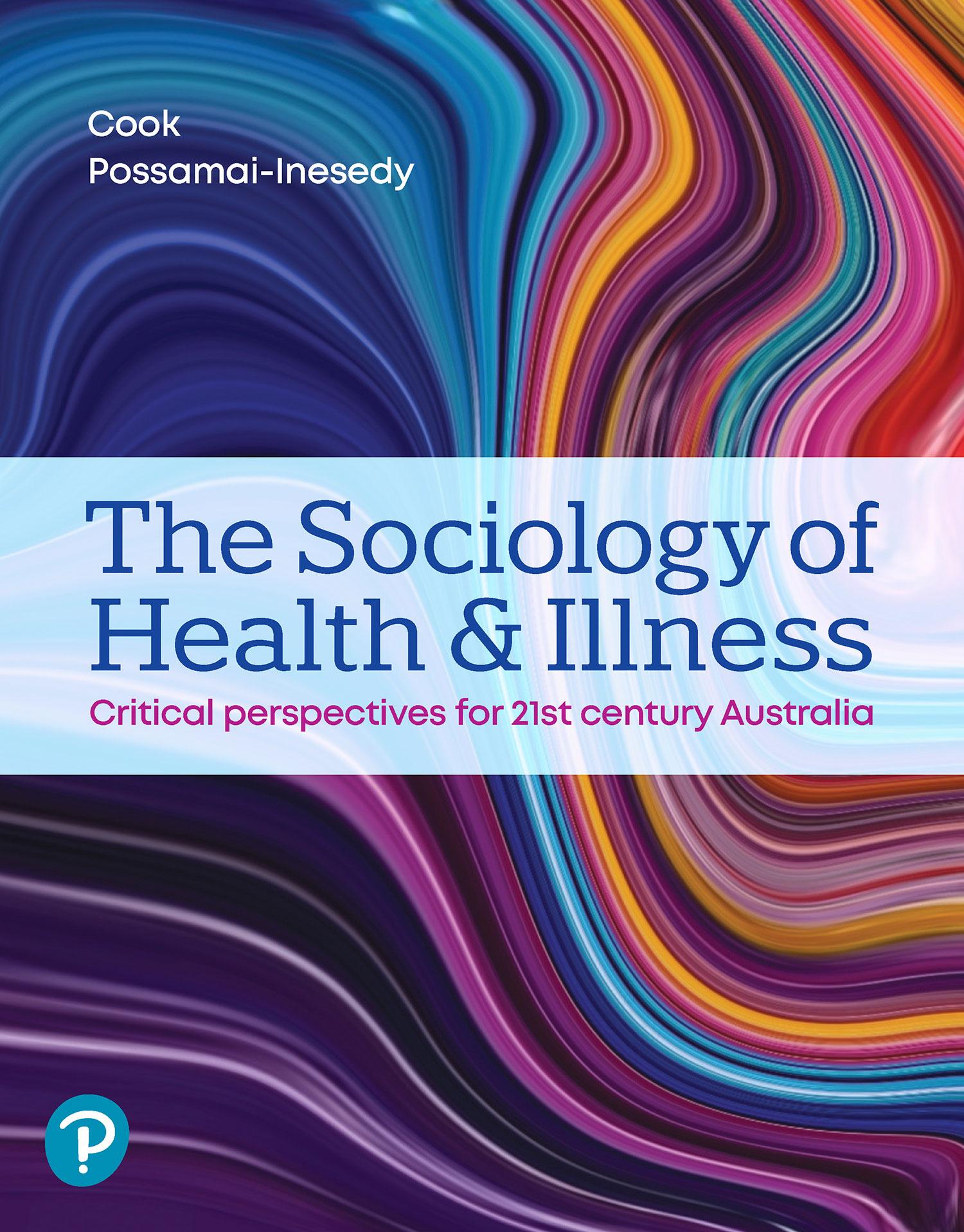Pearson’s commitment to diversity, equity, and inclusion
Pearson is dedicated to creating bias-free content that reflects the diversity, depth, and breadth of all learners’ lived experiences.
We embrace the many dimensions of diversity, including but not limited to race, ethnicity, gender, sex, sexual orientation, socioeconomic status, ability, age, and religious or political beliefs.
Education is a powerful force for equity and change in our world. It has the potential to deliver opportunities that improve lives and enable economic mobility. As we work with authors to create content for every product and service, we acknowledge our responsibility to demonstrate inclusivity and incorporate diverse scholarship so that everyone can achieve their potential through learning. As the world’s leading learning company, we have a duty to help drive change and live up to our purpose to help more people create a better life for themselves and to create a better world.
Our ambition is to purposefully contribute to a world where
Everyone has an equitable and lifelong opportunity to succeed through learning
Our educational content accurately reflects the histories and lived experiences of the learners we serve
Our educational products and services are inclusive and represent the rich diversity of learners
Our educational content prompts deeper discussions with students and motivates them to expand their own learning (and worldview)
Accessibility
We are also committed to providing products that are fully accessible to all learners. As per Pearson’s guidelines for accessible educational web media, we test and retest the capabilities of our products against the highest standards for every release, following the WCAG guidelines in developing new products for copyright year 2022 and beyond.
You can learn more about Pearson’s commitment to accessibility at https://www.pearson.com/us/accessibility.html
Contact Us
While we work hard to present unbiased, fully accessible content, we want to hear from you about any concerns or needs with this Pearson product so that we can investigate and address them.
Please contact us with concerns about any potential bias at https://www.pearson.com/report-bias.html
For accessibility-related issues, such as using assistive technology with Pearson products, alternative text requests, or accessibility documentation, email the Pearson Disability Support team at disability.support@pearson.com
Brief contents
Part 1 Theoretical foundations
Chapter 1 Health and illness as social issues 2
Chapter 2 Researching health and illness 32
Chapter 3 The Australian healthcare system 48
Part 2 Healthcare provision
Chapter 4 Choosing healthcare 68
Chapter 5 The therapeutic encounter 82
Chapter 6 Emotions 95
Chapter 7 Professions and professional identity 110
Part 3 Technology
Chapter 8 Medicalisation and biomedicalisation 128
Chapter 9 Digital health 143
Chapter 10 Medical tourism 160
Part 4 Social meanings and experiences of health and illness
Chapter 11 Indigenous health 178
Chapter 12 Mental health 197
Chapter 13 Ageing 214
Chapter 14 Disability 232
Chapter 15 Sexuality 247
Contents
Preface xii
Reviewers xiv
Guided Tour xv
About the authors xvii
Educator resources xxii
Part 1 Theoretical foundations 1
Chapter 1 Health and illness as social issues 2
The sociological approach 3
Sociological imagination 3
Social structure and agency 6
Social construction 7
Sociological approaches 8
The biomedical and social model of health 9
The biomedical model of health 9
The social model of health 11
Sociological approaches to health and illness 15
Consensus theory (structural functionalism) 16
Conflict theory 18
Feminism 20
Poststructuralism 23
Interactionism 24
Conclusion 28
Questions for review 29
Recommended resources 29
Recommended websites 29
References 29
Chapter 2 Researching health and illness 32
Reflections on methodology 34
The connection between the research question and method 35
Step 1: Identify the research topic 35
Step 2: Refine the research topic into a research question/s 35
Step 3: Determine what type of data is needed 35
Step 4: Determine the method that best collects that type of data 36
Step 5: Determine where you will collect the data 36
Step 6: Determine how you will analyse the data 36
The methodological framework 38
Ethnography 38
Visual arts-based inquiry 39
Evaluating qualitative research 40
Analysing qualitative data 41
Digital research 43
Conclusion 45
Questions for review 45
Recommended resources 46
Recommended websites 46
References 46
Chapter 3 The Australian healthcare system 48
Fragmentation of the Australian healthcare system 49
Private and public healthcare 51
What is the difference between public, private, forprofit and not-for-profit healthcare? 52
What are the differences between public and private healthcare? 52
Development of the Australian healthcare system 54
The current context: A mix of private and public services
57
The hospitals 58
Aged care 60
General practice clinics and diagnostic centres 62
Conclusion 63
Questions for review 63
Recommended resources 63
Recommended websites 63
References 64
Part 2 Healthcare provision 67
Chapter 4 Choosing healthcare 68
Australia’s contemporary healthcare system and the rise of the private sector 68
Situating ‘choice’ within the contemporary Australian healthcare field 70
Influencing choice 71
News media representations of healthcare 71
The internet and social media 71
The imperative of choice 73
Valuing the idea of choice and its perceived link to quality 75
Knowledge, trust and healthcare choices 76
System knowledge and the unequal capacity to choose 78
Conclusion 79
Questions for review 79
Recommended resources 79
Recommended websites 80
References 80
Chapter 5 The therapeutic encounter 82
What is a therapeutic encounter? 82
How does power shape the therapeutic encounter? 85
Evidence and experience in the therapeutic encounter 87
Social inequalities in the therapeutic encounter 89
Care as relational in the therapeutic encounter 89
Conclusion 91
Questions for review 92
Recommended resources 92
Recommended websites 92
References 93
Chapter 6 Emotions 95
Conceptualising emotions 96
Emotions in history 97
Emotions in psychology 98
Emotions in sociology 98
Emotions and (mental) health 101
Researching health and emotions 102
Critiquing the ‘happiness industry’ 103
Emotions in healthcare 104
Patients and carers 104
Nursing and medicine 104
Healthcare hierarchies 105
Interprofessional care 106
Conclusion 106
Questions for review 107
Recommended resources 107
Recommended websites 107
References 107
Chapter 7 Professions and professional identity 110
What is a profession? 111
Functionalist explanations 113
Trait approaches 114
Interactionism – what professions do 116
Symbolic interactionism 117
Boundary work 118
Power perspectives 120
Medical dominance 121
Conclusion 123
Questions for review 124
Recommended resources 124
Recommended websites 124
References 124
Part 3 Technology 127
Chapter 8 Medicalisation and biomedicalisation 128
Medicalisation 129
Nuances 130
Criticisms of the concept of medicalisation 131
Biomedicalisation 132
What are the differences between medicalisation and biomedicalisation? 132
The five processes of biomedicalisation 134
Criticisms of the concept of biomedicalisation 134
Conclusion 139
Questions for review 140
Recommended resources 140
Recommended websites 140
References 141
Chapter 9 Digital health 143
The datafication of health 144
Characteristics of ‘datafied’ health 144
Digital health technology as a promise and solution 146
Digital health: Reframing patients as ‘consumers’ 147
Precision medicine 148
Biomedical and wellness marketplaces 149
Health information online: Searching and sharing 150
Sharing health and illness online 150
Searching for health information 151
The next era of the web 152
Bodies, technology and digital media 153
Normativity and difference 154
The ethics of health information 155
Digital health futures 155
Hacking for health 156
Conclusion 157
Questions for review 158
Recommended resources 158
Recommended websites 158
References 158
Chapter 10 Medical tourism 160
What are health tourism and medical tourism? 161
The typology of medical tourism 163
The landscape of medical tourism 165
The size and scale of medical tourism 165
The business of medical tourism 166
Cosmetic surgery tourism 168
Stem cell tourism and ‘hope’ 168
Sociology of medical tourism 169
Neoliberalism and medical tourism 169
Healthcare choice and the ‘patient-consumer’ 170
Biological citizenship and medical tourism 172
Conclusion 173
Questions for review 174
Part 4
177
Recommended resources 174
Recommended websites 174
References 175
Social meanings and experiences of health and illness
Chapter 11 Indigenous health 178
Sociology and Indigenous health 179
A note on terminology, the authors and research 179
Sociologically imagining Indigenously 181
The global context of Indigenous ill-health 184
The health of First Nations people in Australia 186
Indigenous data sovereignty and ethics 188
Indigenous knowledge is empirical knowledge 192
Conclusion 192
Questions for review 193
Recommended resources 193
Recommended websites 194
References 194
Chapter 12 Mental health 197
The changing construction of aetiology and emergence of biological psychiatry 197
Sociological approaches to the study of mental health and illness 200
Social interactionism/labelling theories 200
Critical theories 203
Social constructionism 204
Mental health service delivery in Australia 205
Privatisation and integrated care 205
Achieving efficiencies 207
Risk management 208
Consumerism and consumer rights 209
Conclusion 211
Questions for review 211
Recommended resources 211
Recommended websites 211
References 212
Chapter 13 Ageing 214
Dimensions of ageing 215
Social and economic consequences of population
ageing 216
Social consequences 217
Economic consequences 218
Social determinants of health 219
Life course perspective 220
Strengths and limitations of the life course perspective 221
The health of older Australians 222
Measures of health 222
Physical health, function and disability 222
Disability among older Australians 223
Mental and emotional health 223
Attitudes to ageing 224
Attitudes and stereotypes 225
Ageism 225
Ageism in healthcare 226
Conclusion 228
Questions for review 228
Recommended resources 228
Recommended websites 229
References 229
Chapter 14 Disability 232
A note on terminology: ‘Persons with disabilities’ or ‘disabled people’ 233
What is disability: Can it be named? 234
Theories of disability, impairment and illness 236
Medicalisation, deviance and ableism 236
Citizenship and disability inequality 236
Social model of disability 237
Psycho-emotional disablism 237
Why might illness be considered different from disability and impairment? 238
Global understandings of disability: The struggle for personhood 239
What does personhood change? 240
Why personhood is necessary 240
How does personhood change the definition of disability? 241
What personhood means for persons with disability 241
Disability in Australia 242
Definitions in action: What do these definitions mean for everyday lives? 243
Conclusion 245
Questions for review 245
Recommended resources 245
Recommended websites 246
References 246
Chapter 15 Sexuality 247
A sociological history of sexual scripts 248
The social construction of sexual scripts 250
Discourses of sexuality and sex 251
Navigating stigma and marginalisation 253
Heteronormativity, patriarchy and power 255 Heteronormativity 257
Sexual health as public health 258
The internet: Navigating and negotiating sexuality online 260
Conclusion 262
Questions for review 262
Recommended resources 262
Recommended websites 263
References 263
Glossary 266
Index 274
Preface
The ideas and development of this text started many years ago. We were already working together on the Executive of the Australian Sociological Association (TASA), and shared an interest in developing a new sociology of health and illness text for the Australian context. Having listened to students and colleagues regarding what they were interested in, we took these ideas to inform the development of this text. In this way, we have been responding to identified needs. Part of our approach was to also include a diversity of Australian sociologists and social researchers spanning from early career to senior researchers, and to ensure each chapter was developed by a recognised or emerging expert in that area or field.
This is our first edition, and there are undoubtedly other topics or features we could include in future editions. Through ongoing conversations with colleagues as well as feedback from readers, we will look to expand this text with further developments in the sociology of health and illness.
In this first edition, we have a team of twenty-five scholars. Each of these authors is an active researcher and, in some cases, they are advocates and activists as well. This means the authors can draw on their expertise and experiences in ‘the field’, including their own research findings. For example, many of the case studies included in
each chapter are directly informed by their own scholarly research. Significantly, this research draws on the scholarship of international and Australian sociologists as well as scholarship in related fields such as anthropology, criminology, gender studies, public health, gerontology, cultural studies, political science, and science, technology and society (STS) studies. This is often complemented with data from national and international bodies such as the Australian Bureau of Statistics (ABS), Australian Institute of Health and Welfare (AIHW), Australian Federal Government Departments, the World Health Organization (WHO) and the United Nations (UN). In addition, each chapter has been peer reviewed during its development and finalisation.
Part 1 , Theoretical foundations, provides the necessary background information on health and illness in Australia, and what it means to think like a sociologist and to practise sociology, particularly as a sociologist in health and illness. Part 2 , Healthcare provision, covers how healthcare is delivered, the impacts this has, and what it means to be a healthcare professional. Part 3 , Technology, covers the role and influence of technology in healthcare provision and practices. Finally, Part 4 , Social meanings and experiences of health and illness, considers the meanings that individuals or population groups bring to understanding health and illness (or what is forced on them), as well as how they may experience health and illness.
Throughout the text, there are numerous features. Each chapter opens with Learning objectives that give direction on what can be
